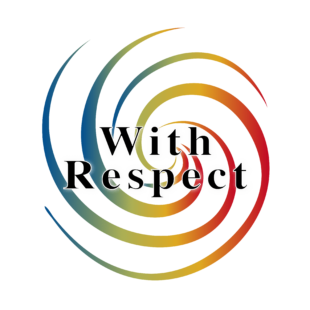It's about more than engagement during a training. It's about what happens afterward.
What’s “stick”?
 <<<<< No, not that kind of stick!
<<<<< No, not that kind of stick!
“Stick” is what happens to participants in a training beyond the training room doors. It’s the impact (happens immediately) turned into influence (continues beyond the training room door).
It’s about what participants DO with the content you have delivered.
Did you give it to them?
Bottom line that’s the question, isn’t it? Did you deliver the content in such a way that they received what you were sending?
That’s an issue of stick.
Will what you gave them support sustainable change?
Did you deliver it in such a way that it allows them to make a long-term change?
It doesn’t matter if that change is the ability to use new software, to implement new policies and procedures, to better manage and settle disputes in the workplace, or innovations in how to do their job. It’s long-lasting change.
This is also an issue of stick.
Stick is more than just raised awareness or increased understanding. Stick requires higher order thinking.
Most trainers don’t get to that higher order thinking.
If they do, it’s often theoretical, meaning it is discussed and explored only at a cognitive level.
That’s not stick.
We’ve all been through a training experience that was wonderful and amazing! But then, when you get back to work, to the day to day, fast-paced-no-one’s-there-to-help-you-figure-it-out, you can’t quite see what to do to make a change or how to integrate what was discussed and learned.
That’s because there was no practice.
Stick requires practice.
But not just practice. It requires assessed practice with the opportunity to improve the practice so it moves from awkward to skilled practice. Otherwise, practice integrates error. If you practice it wrong, the result is wrong.
Stick requires, at the very least, the beginnings of skilled practice.
Stick is the integration of what is taught. It’s what makes professional development worth something beyond just the great learning and fun time had by all.
Stick is important as a metric of ROI (Return On Investment).
It’s one facet of determining whether the dollars being spent on training and development are yielding desired outcomes.
How to assess stick
One way we have found to assess stick is by designing a rubric for expected outcomes and then providing a pre-, mid-, and post-assessment. These short answer assessments provide the data needed to establish the change (or delta) for individual learning. The current success rate in all of the trainings we offer is a change of 2 delta points in a 4-point scale. That’s with 90 – 95% of the participants growing in their understanding, analysis, application, and reflection of the strategies and tools taught.
We’ve had the opportunity to explore the sustainability of impacts with only a few organizations, but the beginning data is showing that growth trend is consistently the same up to six months out. It will be interesting to see the trend as the longevity data continues.
This is stick.
That’s why it’s so important.
How’s your stick?
Until next time,
With Respect,
Leah Kyaio
Founder/CEO
With Respect LLC
https://with-respect.com
Architect of Mindset Scaffolding and Badass Trainer Bootcamp Certification Program
Interested in increasing your stick? Here are a couple resources we offer for your growth and learning!
Mindset Scaffolding: The Art of Changing Their Mind
Badass Trainer Bootcamp – online course and in-person learning.



Comments are closed